Colombia Cymbidium Decaf Coffee Bean Flavor Taste Characteristics Decaf Coffee and Regular Coffee Difference

Professional coffee knowledge exchange More coffee bean information Please pay attention to coffee workshop (Weixin Official Accounts cafe_style)
Now the society pays more and more attention to health, what low fat, low sugar and low cholesterol, even coffee is popular with low caffeine. Is decaf coffee really decaf? No, decaffeinated coffee is only treated with low caffeine to reduce the original caffeine of coffee beans, but it does not completely remove caffeine ~ So how decaffeinated coffee is to reduce caffeine, this article will talk about what decaffeinated coffee is.
What is Decaf Coffee?
In general, the caffeine content of coffee beans is measured using weight ratios. Arabica beans contain 0.9%-1.4% caffeine (average 1.2%), while Robusta contains 1.8%-4% caffeine (average 2.2%). Decaf coffee is divided into natural decaf coffee and artificially processed decaf (decaf) coffee. The EU standard for artificially processed decaf coffee is that the caffeine content after processing does not exceed 0.1% of the raw beans, while the FDA standard is less than 3% of the original caffeine content.
Decaf coffee treatment
Decaffeinated water treatment is divided into four types: direct/indirect solvent treatment, supercritical carbon dioxide treatment, Swiss water treatment and mountain spring water treatment, while direct solvent treatment and Swiss water treatment are common.
direct solvent treatment
Direct solvent treatment is the use of methylene chloride, ethyl acetate and other chemical solutions will dissolve caffeine. First of all, steam is used to open the pores of coffee beans, dichloromethane solvent is directly added to coffee beans, after the solvent is fused with caffeine, the caffeine-filled solvent is washed off, and coffee beans are cooked again to remove all residual solvent.

Since the advent of this low-cause approach, many people have assumed that prolonged exposure to methylene chloride increases the risk of cancer. The boiling point of methylene chloride is 39.8°C, which is sufficient for complete evaporation of methylene chloride, whether steam or baking. No one needs to worry about cancer.
Swiss Water Treatment Act
Swiss water treatment is much simpler. It doesn't require any chemical solvents. It can be done with water. This process involves steeping green coffee beans in hot water, which has partially removed caffeine. The soaked solution is then filtered through activated carbon and finally poured back into the beans. This series of steps will remove caffeine more effectively. In addition to not using chemical solvents, the soaked solution can be reused in different batches of processing, but the coffee will still lose flavor during the filtration process.

The caffeine removal rate of this method can reach 99.9%, which is also the method with the highest caffeine removal rate. Swiss water treatment loses some of the coffee flavor, but it is low cost, easy to operate, and efficient. So now we see decaf coffee beans are a Swiss water treatment based.
Front Street Coffee also bought two Swiss water treated decaf coffees, one from Colombia and one from Mexico. Front Street will see how these two bass coffee beans perform through roasting, cup testing and brewing.
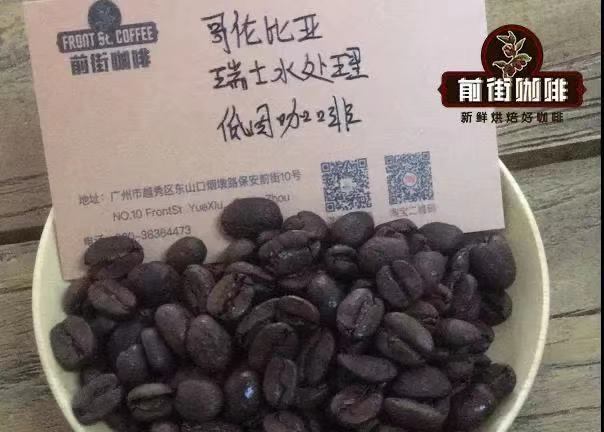
Front Street Coffee--Colombia Cymbidium Decaf Coffee Bean
Production area: Colombia cymbidium
Altitude: 1750 m
Breeds: Iron Pickup, Cadura, Castillo
Treatment: Swiss Water Treatment
Level: Supreme
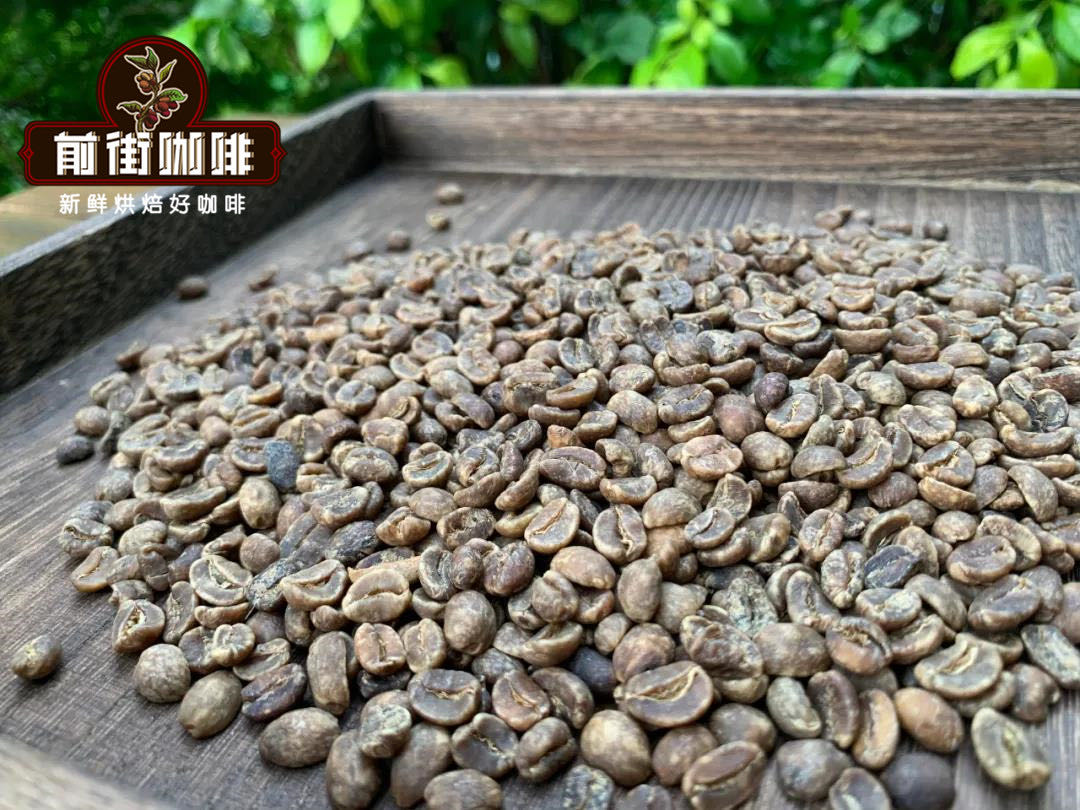
Front Street Coffee--Swiss Water Treatment Decaf Coffee Beans in Chiapas, Mexico
Country of Origin: Mexico
Production area: Chiapas
Altitude: 900-1500 m
Breeds: Bourbon, Cadura, Iron Pickup, Criollo
Treatment: Swiss Water Treatment
Front Street Coffee Roasting Records
Colombia Decaf Coffee Beans: Front Street Roasters use medium roasting power and climb steadily. The yellow point is about 6 minutes and 15 seconds. Then reduce the fire power and open the damper to enter the Mena reaction. Open the damper at the first explosion. Maintain the fire power. The temperature is about 183.2℃. After the first explosion, it comes out in 2 minutes and 30 seconds.
Preheat furnace temperature to 200 degrees into the pot, throttle open 3, 30 seconds after the fire, fire adjustment 130, return temperature point 1 '32 ", maintain fire, 6' 15" turn yellow, grass smell disappeared, enter the dehydration stage, fire up to 140, throttle open 4, to 151 degrees when the fire again down to 110. After 8 minutes of dehydration, wrinkles and black stripes appear on the bean surface, the taste of toast turns to coffee fragrance, which is a prelude to explosion. At this time, the firepower remains unchanged, the throttle is opened to 5, and listen to the sound of explosion. At 9 '57 ", the first explosion starts, and the damper is fully opened. The development time after explosion is 2 minutes and 30 seconds, and it is released at 194.2℃.
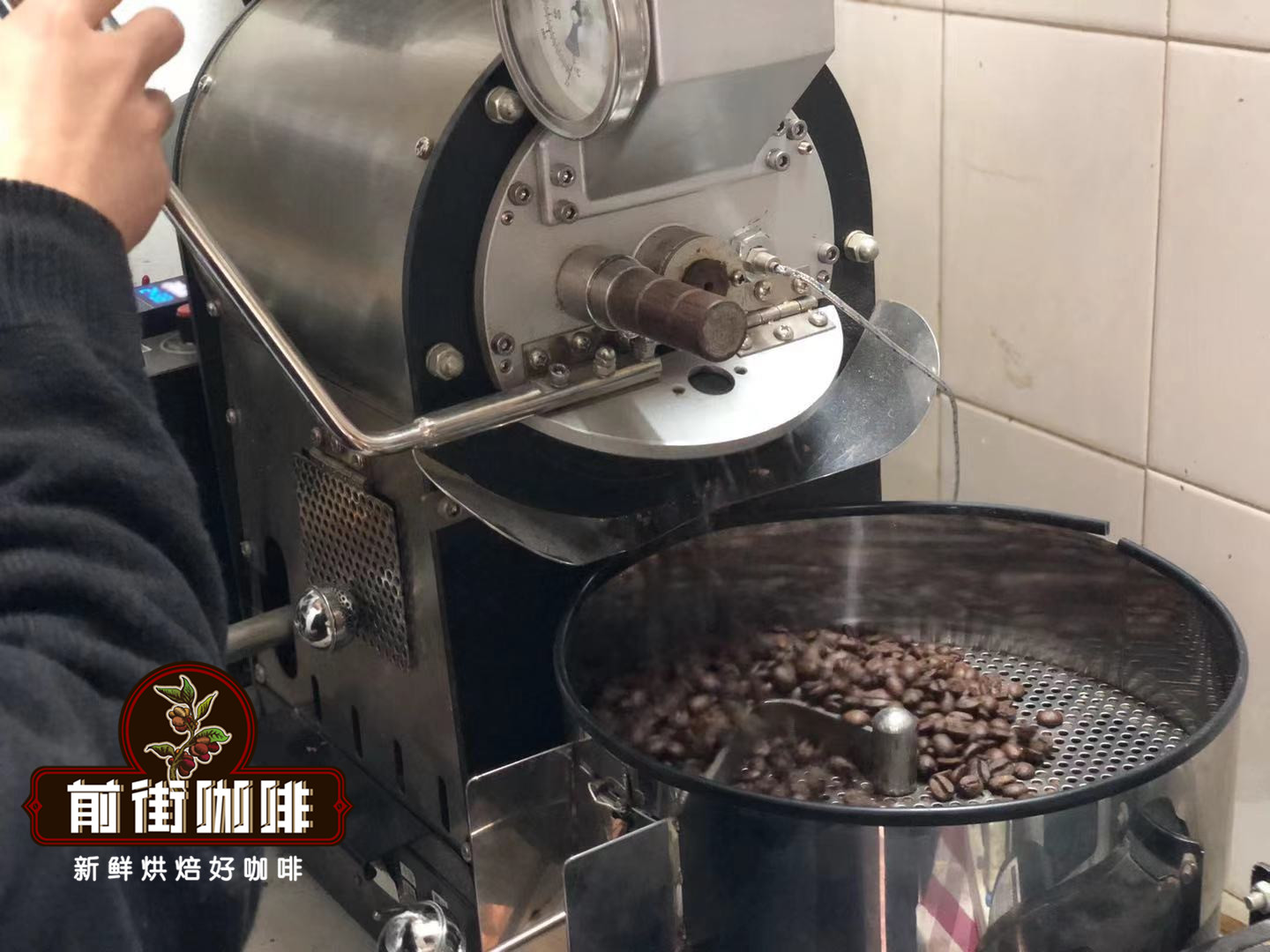
Mexican decaf coffee beans: preheat oven to 200 degrees, reduce facilities to 165 degrees into the pot, throttle open 3, heat adjustment 130, return temperature point 1 '32 ", maintain heat, 6' 15" turn yellow, grass smell disappears, enter dehydration phase, heat down to 110, throttle open 4, at 176 degrees heat down to 90 again. The surface produces wrinkles, the smell of toast turns to coffee, which is the prelude to an explosion. At this time, the firepower remains unchanged, the throttle is opened to 5, and listen to the sound of an explosion. At 9 '57 "start a burst, damper fully open 5. The development time after explosion is 230 ℃ and the temperature is 196.4℃.
Front Street Coffee Cup Test Report
Colombia Decaf Coffee Bean: Dark chocolate dry aroma, caramel wet aroma, flavor: berry, citrus, caramel, dark chocolate.
Mexican Decaf Coffee Bean: Roasted almond dry aroma, caramel wet aroma, flavor: dark chocolate, cream, nuts, citrus.
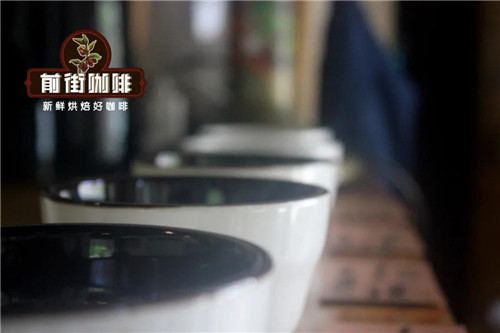
How does Front Street Coffee brew decaf coffee beans?
Decaffeinated coffee beans release caffeine through soaking, the fiber structure of the beans is different from that of ordinary coffee beans, and the strong water absorption results in a slower extraction speed, so the brewing parameters need to be adjusted.
Filter cup: Kono filter cup
Water temperature: 88.8℃
Powder: 15g
Powder water ratio: 1:15
Grindability: coarse grinding/yellow granulated sugar fineness (Chinese standard No. 20 sieve pass rate 62%)
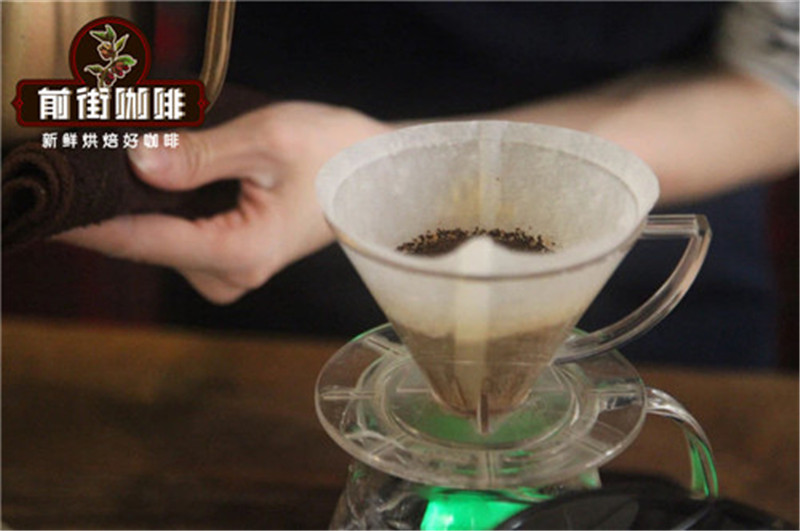
Brew in front of the street: pour in coffee powder, add 2 times the amount of water (30ml) and steam for 30 seconds. Then a second stage of water injection, gently circular injection of 150ml of hot water, the powder layer pushed up, so that the surface out of the gold foam surface. When the water level of the powder layer drops slightly, inject the last 45ml. After all the coffee liquid flows into the next pot, remove the filter cup and end the extraction. The extraction time was 2 minutes and 10 seconds.
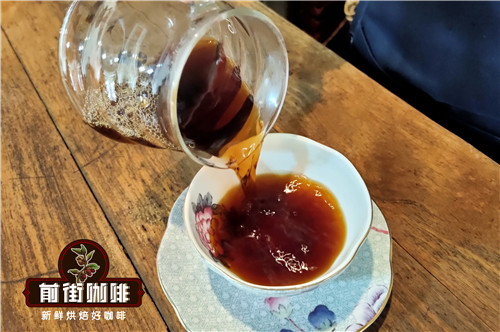
Colombia Decaf Coffee Bean Brew Flavor: Dark chocolate, caramel, nutty, full-bodied.
Mexican Decaf Coffee Bean Brewing Flavor: The entrance has a detailed dark chocolate aroma, the middle is a nut cream, slightly cooled after a citrus acid, the overall mellow, smooth taste.
More fine coffee beans, please add private WeChat Qianjie Coffee, WeChat: kaixinguoguo0925
Important Notice :
前街咖啡 FrontStreet Coffee has moved to new addredd:
FrontStreet Coffee Address: 315,Donghua East Road,GuangZhou
Tel:020 38364473
- Prev
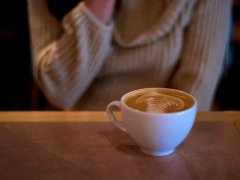
Does Starbucks have a low-quality American style? How many cups of coffee do you drink every day so that you don't eat too much?
For more information on coffee beans, please follow the origin and development of low-caffeine and low-caffeine coffee in coffee workshop (Wechat official account cafe_style): why are all Swiss water-treated decaf coffees sold? Caffeine plays an important role in the busy life of modern people. Many people wake up with a cup of coffee in the morning, and their blood sugar rises after lunch and makes them feel dizzy.
- Next
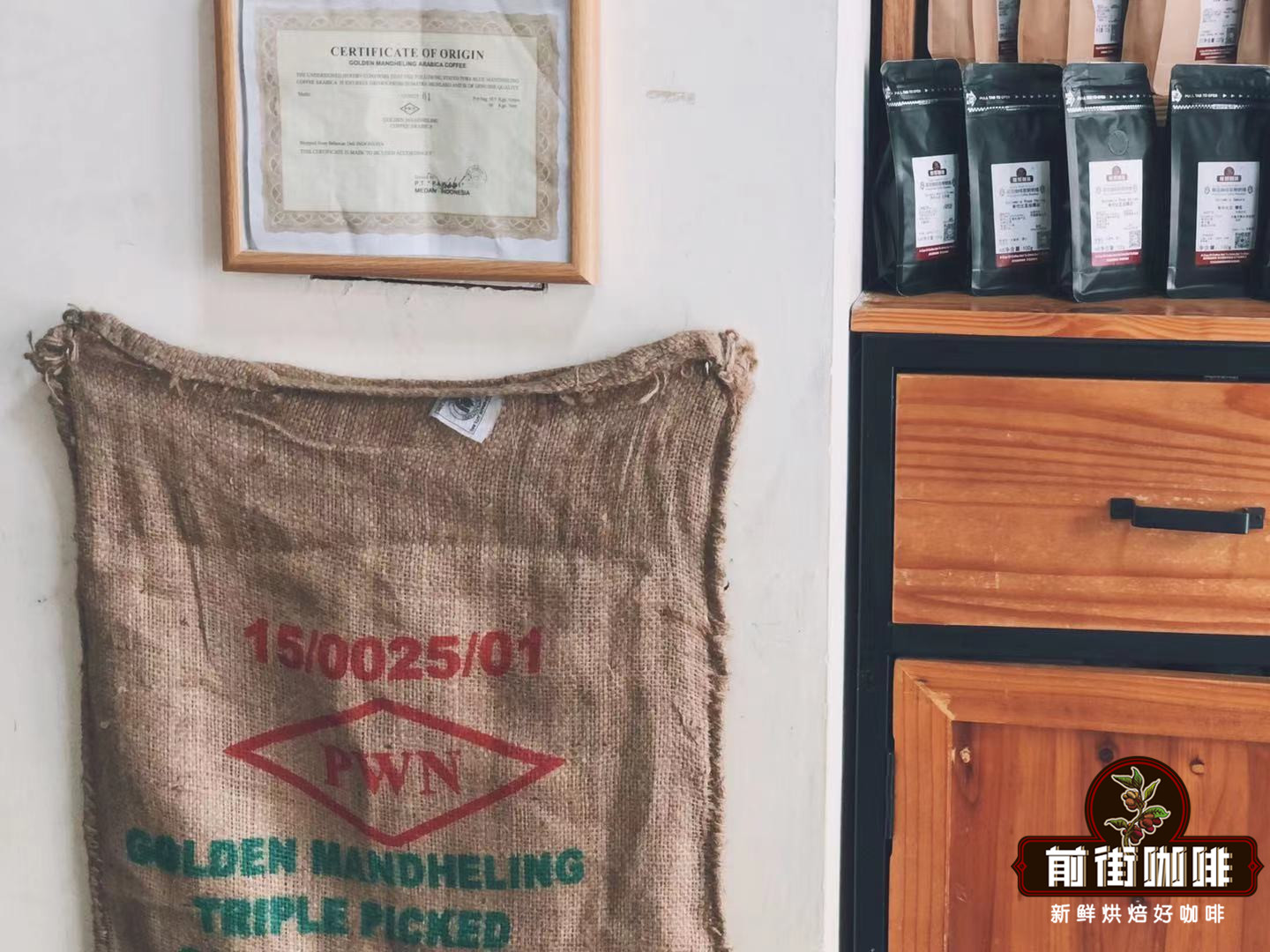
The difference in flavor and taste between decaffeinated and decaffeinated coffee do the advantages and disadvantages of Starbucks decaf American coffee affect sleep
For more information on coffee beans, please follow the origin and development of low-caffeine and low-caffeine coffee in coffee workshop (Wechat official account cafe_style): why are all Swiss water-treated decaf coffees sold? Coffee is a necessary drink for many people every day, not only to boost their spirits or wake up their heads, but also to boost their spirits.
Related
- Beginners will see the "Coffee pull flower" guide!
- What is the difference between ice blog purified milk and ordinary milk coffee?
- Why is the Philippines the largest producer of crops in Liberia?
- For coffee extraction, should the fine powder be retained?
- How does extracted espresso fill pressed powder? How much strength does it take to press the powder?
- How to make jasmine cold extract coffee? Is the jasmine + latte good?
- Will this little toy really make the coffee taste better? How does Lily Drip affect coffee extraction?
- Will the action of slapping the filter cup also affect coffee extraction?
- What's the difference between powder-to-water ratio and powder-to-liquid ratio?
- What is the Ethiopian local species? What does it have to do with Heirloom native species?

